What is the difference between the positive pressure and the reverse pressure of the Philharmonic pressure? Introduction to the use of Philharmonic pressure.
Professional coffee knowledge exchange more coffee bean information please follow the coffee workshop (Wechat official account cafe_style)
We have compared the degree of grinding suitable for the positive pressure of the Philharmonic pressure and found that the degree of grinding is the same as that of the reverse pressure, so today the editor wants to compare the difference between the two extraction methods of positive pressure and reverse pressure. Why is it that positive pressure is officially recommended, but people prefer reverse pressure?
| | Philharmonic pressure |
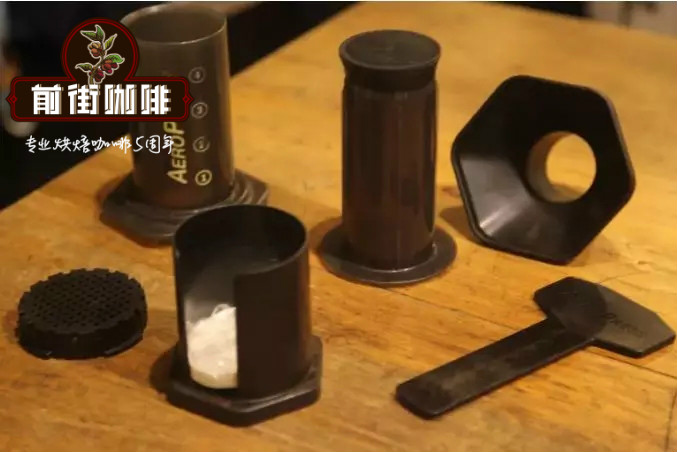
Aiole pressure is to mix coffee powder with water and extract coffee by squeezing the air. There are not only the filter paper for brewing coffee, but also the immersion extraction of French kettle and the fast and pressure extraction of espresso.
[positive pressure]
Put the body of the Philharmonic pressure on top of the sharing pot, pour the coffee powder and a certain proportion of hot water, stir, soak, then insert the piston cylinder and press down.
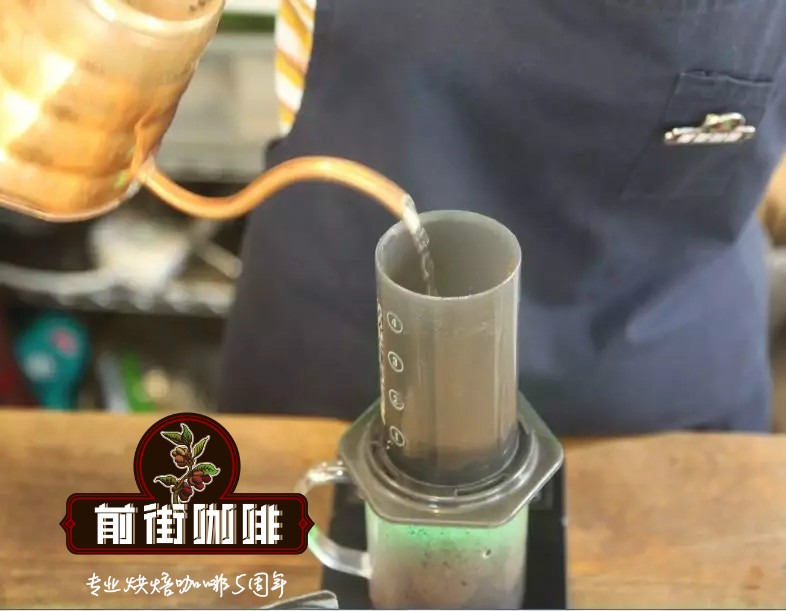
When using this method, there will be a phenomenon of "running water" when cooking, that is, the water will flow away while injecting water. The editor feels like a flat-bottomed filter cup, except that the filter cup is high and narrow, and the flow rate is slow when there is no pressure.
[reverse pressure]
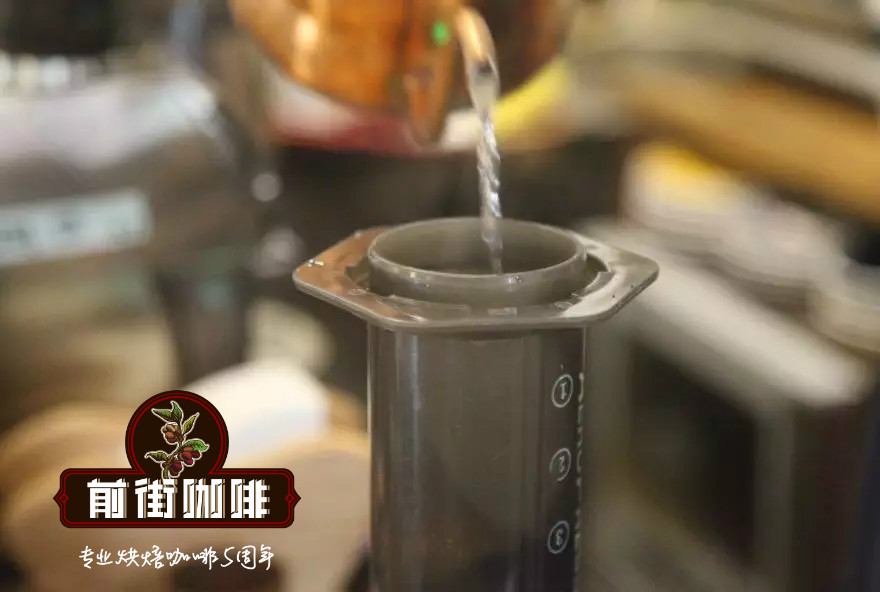
Put the Philharmonic pressure kettle body and pressure bar together, put it upside down, pour in the coffee powder and a certain proportion of hot water, stir and soak, then cover the filter cover and press the Philharmonic on the sharing pot.
Using reverse pressure to extract coffee is more likely to be extracted by soaking.
| | Bean information |
Today we use the beans from Colombia to do this experiment.
[Colombia Coca Zhuoyu Cup]
Producing area: Cauca Province
Micro-area: Suri micro-production area
Altitude: 1758 m-2100 m
Variety: Kaddura
Treatment: washing treatment
Flavor: lime, grape, spices, nuts, chocolate
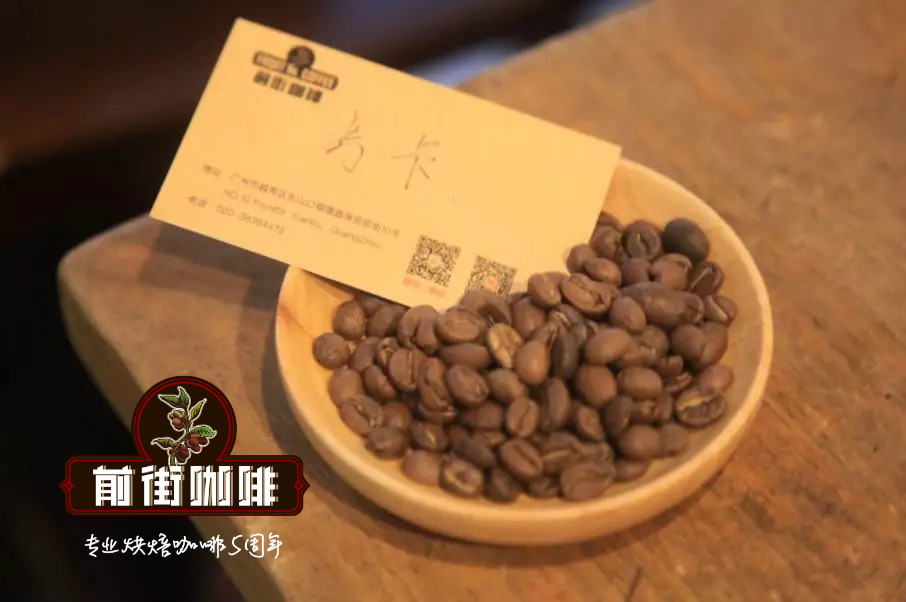
| | experiment |
The parameters are basically the same, and only the mode of extraction is changed.
Parameters: water temperature 89 ℃, grinding degree BG 5R (Chinese standard 20 sieve pass rate 58%), powder / water ratio 1:15.
[positive pressure]
Steam for 30 seconds with 38 grams of water, directly inject water to 225 grams, stir 5 times in one minute, press out with a pressure rod in one minute and 30 seconds, and extract in one minute and 40 seconds (steaming starts).
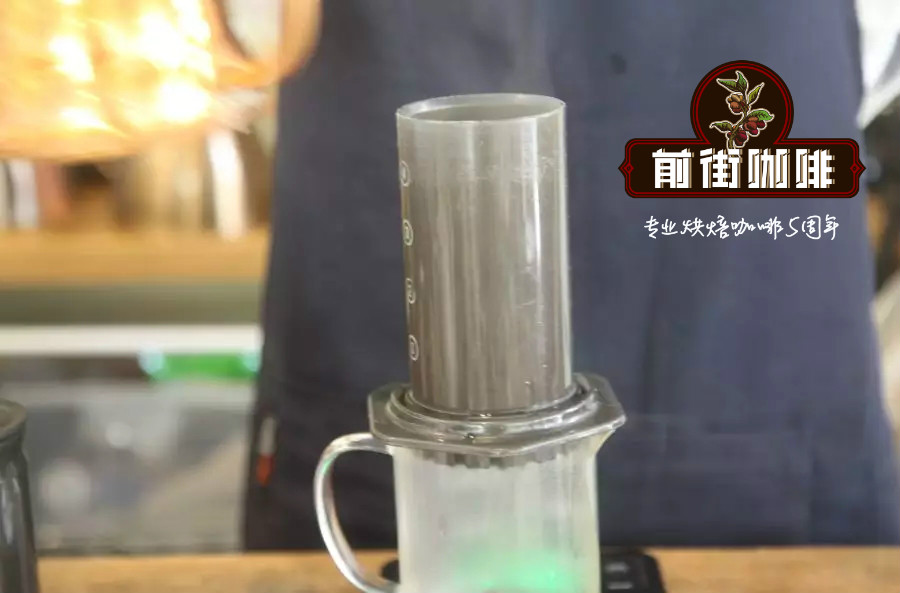
Flavor: aromas of spice and pine, with sour notes of lemon and grape on the palate, nutty, chocolate and cedar flavors in the middle, with creamy and sweet sugar in the finish.
[reverse pressure]
Steam for 30 seconds with 39 grams of water, directly inject water to 225 grams, stir 5 times in one minute, press out with a pressure rod in one minute and 30 seconds, the extraction time of all pressure is one minute and 50 seconds (steaming starts).
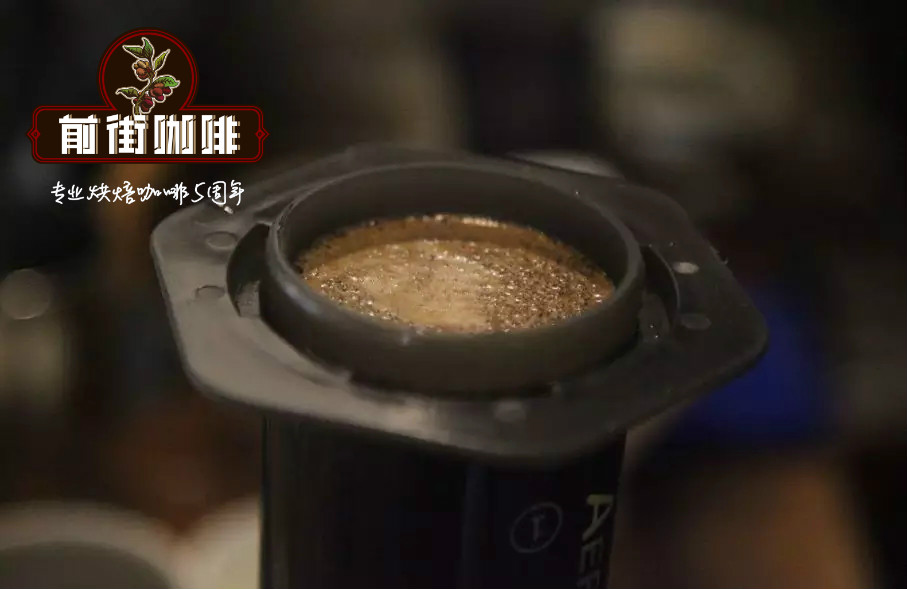
Flavor: it smells of spice and pine, with aromas of herbs and chocolate in the mouth, as well as soft grape acidity, obvious cedar wood in the middle, obvious caramel sweetness and high alcohol thickness.
| | Summary |
Compare the [Colombian cauca] extracted by the two methods: the positive pressure extraction has more obvious fruit acid and rich flavor, while the reverse pressure extraction has obvious sweetness. and the taste is relatively mellow.

In the positive pressure extraction, similar to the hand flushing, the coffee liquid will flow away a part, the extraction rate is relatively low and the concentration will be relatively low, so the flavor level will be relatively rich when drinking.
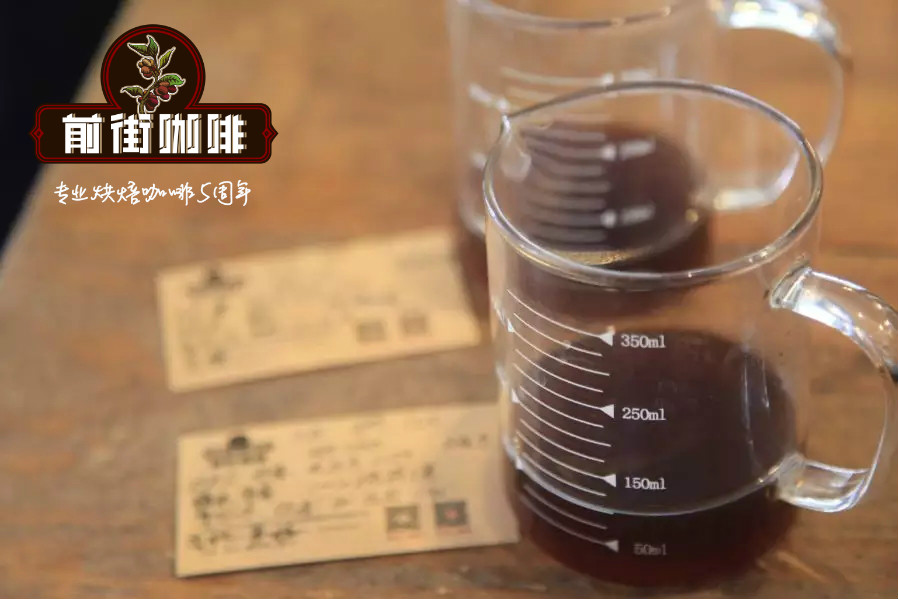
When using reverse pressure extraction, the coffee powder is soaked in hot water, and the overall extraction is relatively complete and uniform, so the extraction rate will be higher and the concentration will be higher, so when drinking it, the taste is more balanced and the sweetness is more obvious.
END
Important Notice :
前街咖啡 FrontStreet Coffee has moved to new addredd:
FrontStreet Coffee Address: 315,Donghua East Road,GuangZhou
Tel:020 38364473
- Prev
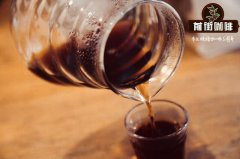
Costa Rican coffee famous for honey treatment. What is coffee honey treatment?
Professional coffee knowledge exchange more coffee bean information Please follow the coffee workshop (Wechat official account cafe_style) everyone who knows coffee knows that there are sun and water washing treatments, but what is the honey treatment that has sprung up in recent years? have you ever wondered what coffee honey treatment is? Is this coffee better than other treatments you are used to drinking? This article brings you to discuss what is honey treatment and honey treatment.
- Next

What is the difference between the three basic treatments of coffee: sun exposure, water washing and honey treatment
Div style=margin: 0px; padding: 0px; outline: 0px; color: rgb (51,51,51); font-family: Microsoft Yahei, blackbody, Arial; font-size: 16px; professional coffee knowledge exchange for more information on coffee beans Please follow the coffee workshop (official Wechat account cafe_style) Coffee is mainly treated in three categories: tanning, washing,
Related
- What is the meaning of lactic acid fermentation with coffee bean treatment?
- How to judge the state of foam by sound?
- How does the latte pull out the unicorn pattern? Come to get for a little trick to improve the flower pull!
- Will flower pulling affect the taste of the latte?
- Do you know the history of coffee?
- The difference between honey treatment and sun washing what is raisin honey treatment?
- What kind of milk can a novice use to make coffee foam to keep the foam longer? The correct method and skills of milking tutorial sharing
- Why do washed coffee beans taste sour? Flavor characteristics of washed Coffee
- Introduction to the skill of how to practice the size and height of water injection around the circle of hand-brewed coffee
- How do beginners practice coffee flower drawing from scratch?

